by Michael Werner, Project Scientist, Spitzer Space Telescope—Jet Propulsion Laboratory, California Institute of Technology
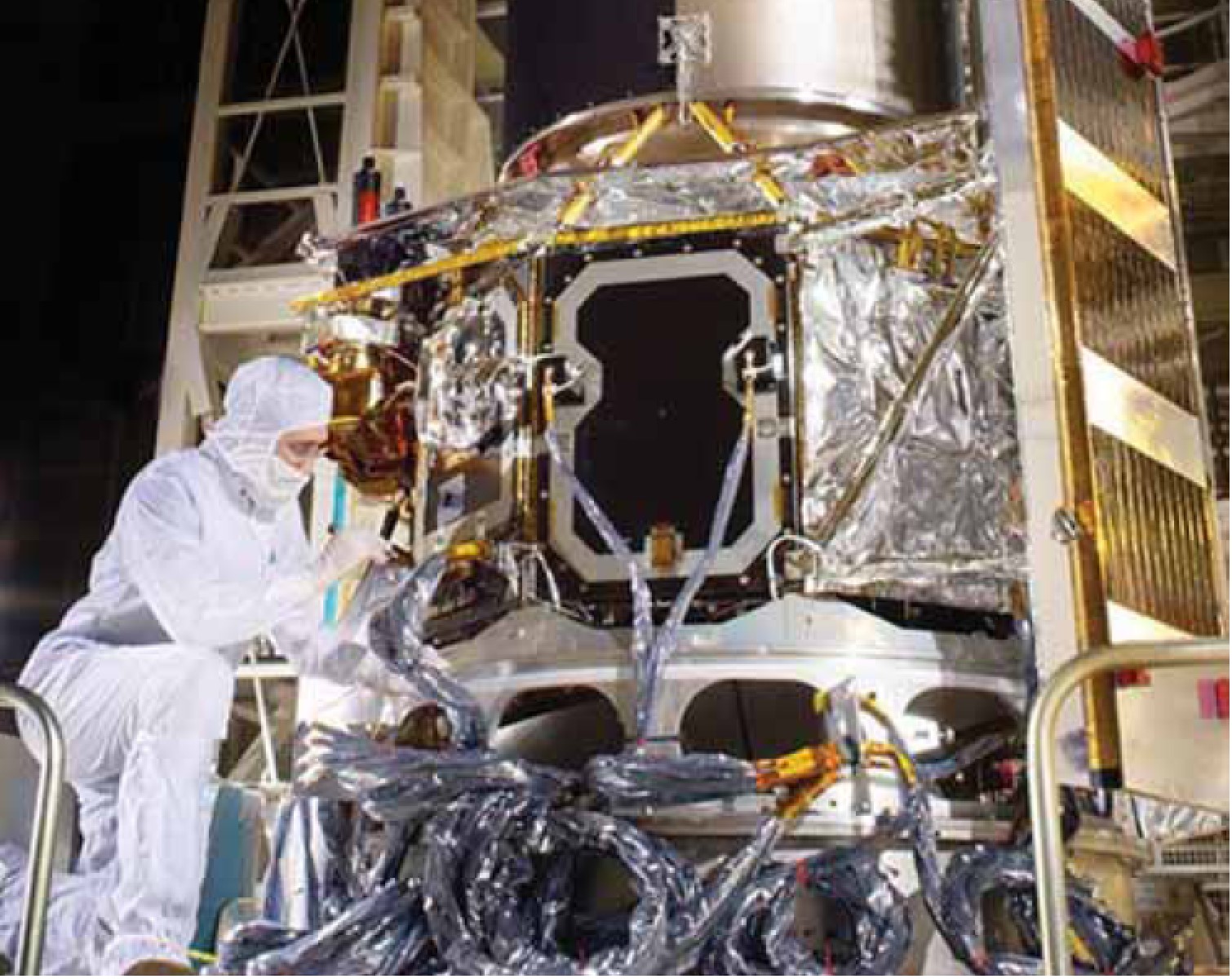
NASA’s Spitzer Space Telescope, launched in August 2003 and decommissioned in January 2020 after more than 16 glorious years of exploration of the universe at infrared wavelengths, was a technical and scientific marvel. Infrared astronomical studies at wavelengths longward of 1 micron, somewhat beyond the limit of human vision at around 0.7 microns, began in earnest around 1960. These early studies, carried out on ambient temperature telescopes within the atmosphere, advanced astronomical understanding of targets from planets within the solar system to distant and highly luminous galaxies. However, they could not disguise the fact that the earth is a hostile environment for infrared astronomy.


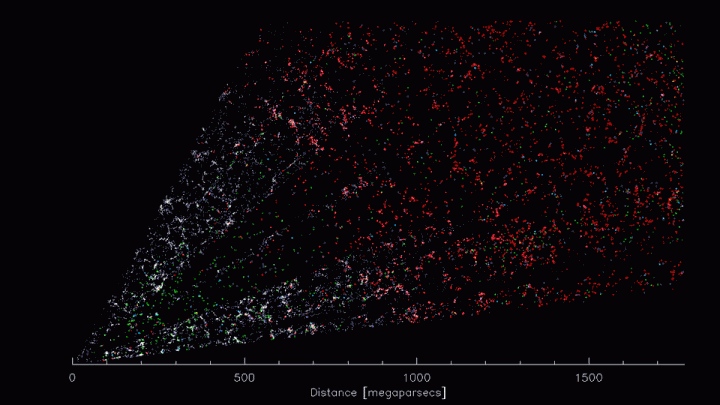 The Dark Energy Spectroscopic Instrument (DESI) has capped off the first seven months of its survey run by smashing through all previous records for three-dimensional galaxy surveys, creating the largest and most detailed map of the universe ever. Yet it’s only about 10% of the way through its five-year mission. Once completed, that phenomenally detailed 3D map will yield a better understanding of dark energy, and thereby give physicists and astronomers a better understanding of the past – and future – of the universe. Meanwhile, the impressive technical performance and literally cosmic achievements of the survey thus far are helping scientists reveal the secrets of the most powerful sources of light in the universe. DESI is an international science collaboration managed by the Department of Energy’s (DOE) Lawrence Berkeley National Laboratory (Berkeley Lab) with primary funding for construction and operations from DOE’s Office of Science.
The Dark Energy Spectroscopic Instrument (DESI) has capped off the first seven months of its survey run by smashing through all previous records for three-dimensional galaxy surveys, creating the largest and most detailed map of the universe ever. Yet it’s only about 10% of the way through its five-year mission. Once completed, that phenomenally detailed 3D map will yield a better understanding of dark energy, and thereby give physicists and astronomers a better understanding of the past – and future – of the universe. Meanwhile, the impressive technical performance and literally cosmic achievements of the survey thus far are helping scientists reveal the secrets of the most powerful sources of light in the universe. DESI is an international science collaboration managed by the Department of Energy’s (DOE) Lawrence Berkeley National Laboratory (Berkeley Lab) with primary funding for construction and operations from DOE’s Office of Science.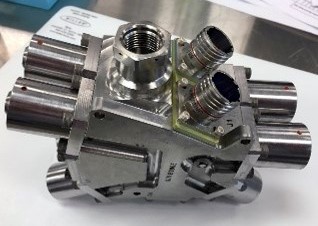 Launch vehicles, particularly the upper stages, often use cryogenic rocket propellants such as liquid oxygen, liquid hydrogen and liquid methane because of their high specific impulse and high storage density. The pressurization, control and distribution of these propellants requires sophisticated valving that can operate and seal at these extreme temperatures.
Launch vehicles, particularly the upper stages, often use cryogenic rocket propellants such as liquid oxygen, liquid hydrogen and liquid methane because of their high specific impulse and high storage density. The pressurization, control and distribution of these propellants requires sophisticated valving that can operate and seal at these extreme temperatures. On December 15, GenH2, a leading developer of liquid hydrogen infrastructure solutions, formally announced the appointment of renowned NASA veteran and company co-founder James E. Fesmire as Chief Architect and Chief Technology Officer. In his role, Fesmire will shape GenH2’s technology vision and drive product evolution and expansion. Known for his world-class expertise and trailblazing contributions to developing cryogenics, materials, and energy technologies, Fesmire specializes in all aspects of liquid hydrogen storage and transfer.
On December 15, GenH2, a leading developer of liquid hydrogen infrastructure solutions, formally announced the appointment of renowned NASA veteran and company co-founder James E. Fesmire as Chief Architect and Chief Technology Officer. In his role, Fesmire will shape GenH2’s technology vision and drive product evolution and expansion. Known for his world-class expertise and trailblazing contributions to developing cryogenics, materials, and energy technologies, Fesmire specializes in all aspects of liquid hydrogen storage and transfer.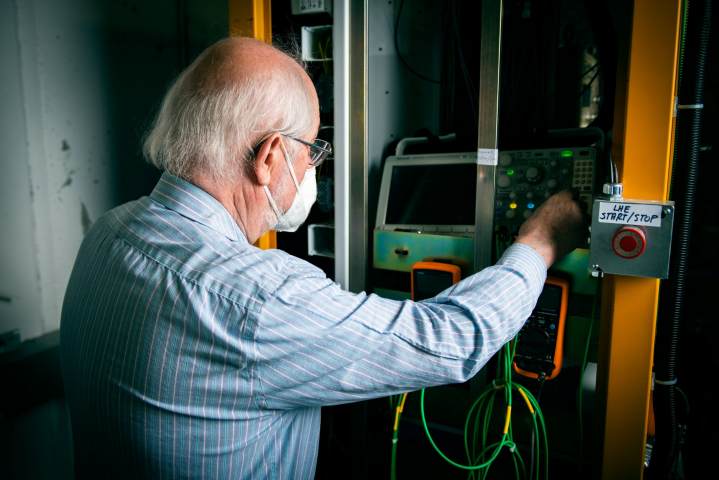 Cost- and energy-efficient rapid cycling magnets for particle accelerators are critical for particle physics research. Their performance determines how frequently a circular particle accelerator can receive a bunch of particles, propel them to higher energy, send them to an experiment or target station, and then repeat all over again. A small team of physicists, engineers and technicians at the US Department of Energy’s Fermi National Accelerator Laboratory (Fermilab, CSA CSM), led by Henryk Piekarz, demonstrated the world’s fastest magnetic ramping rates for particle accelerator magnets. Noteworthy, they achieved this record by using magnets made with energy-efficient, high temperature superconducting material.
Cost- and energy-efficient rapid cycling magnets for particle accelerators are critical for particle physics research. Their performance determines how frequently a circular particle accelerator can receive a bunch of particles, propel them to higher energy, send them to an experiment or target station, and then repeat all over again. A small team of physicists, engineers and technicians at the US Department of Energy’s Fermi National Accelerator Laboratory (Fermilab, CSA CSM), led by Henryk Piekarz, demonstrated the world’s fastest magnetic ramping rates for particle accelerator magnets. Noteworthy, they achieved this record by using magnets made with energy-efficient, high temperature superconducting material.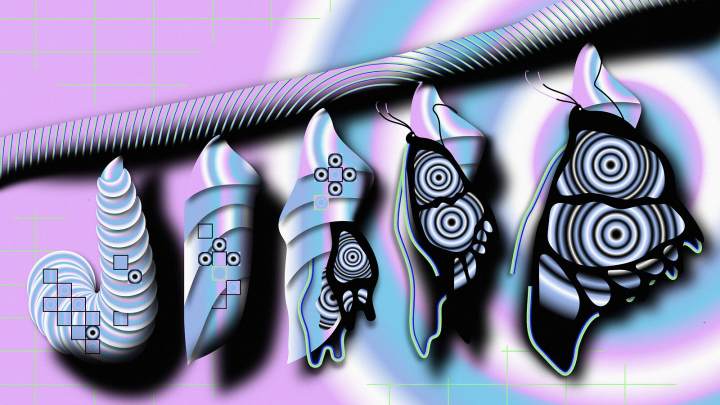 For physicists trying to harness the power of electricity, no tool was more important than the vacuum tube. This lightbulb-like device controlled the flow of electricity and could amplify signals. In the early 20th century, vacuum tubes were used in radios, televisions and long-distance telephone networks. But vacuum tubes had significant drawbacks: They generated heat; they were bulky; and they had a propensity to burn out. Physicists at Bell Labs, a spin-off of AT&T, were interested in finding a replacement.
For physicists trying to harness the power of electricity, no tool was more important than the vacuum tube. This lightbulb-like device controlled the flow of electricity and could amplify signals. In the early 20th century, vacuum tubes were used in radios, televisions and long-distance telephone networks. But vacuum tubes had significant drawbacks: They generated heat; they were bulky; and they had a propensity to burn out. Physicists at Bell Labs, a spin-off of AT&T, were interested in finding a replacement.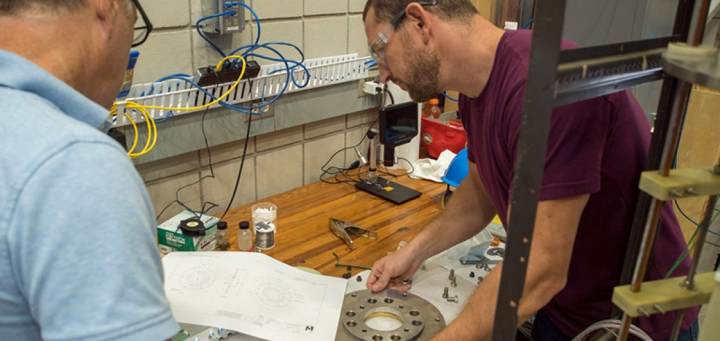 A new $15.8 million grant from the National Science Foundation (NSF) will produce a detailed design for the world’s most powerful superconducting magnet at the Florida State University-headquartered National High Magnetic Field Laboratory (CSA CSM). While the National MagLab is already home to more than a dozen world-record magnets used by researchers from around the world, the future 40-tesla magnet will advance the study of quantum matter with its low-noise environment that surpasses present-day resistive and hybrid magnets.
A new $15.8 million grant from the National Science Foundation (NSF) will produce a detailed design for the world’s most powerful superconducting magnet at the Florida State University-headquartered National High Magnetic Field Laboratory (CSA CSM). While the National MagLab is already home to more than a dozen world-record magnets used by researchers from around the world, the future 40-tesla magnet will advance the study of quantum matter with its low-noise environment that surpasses present-day resistive and hybrid magnets.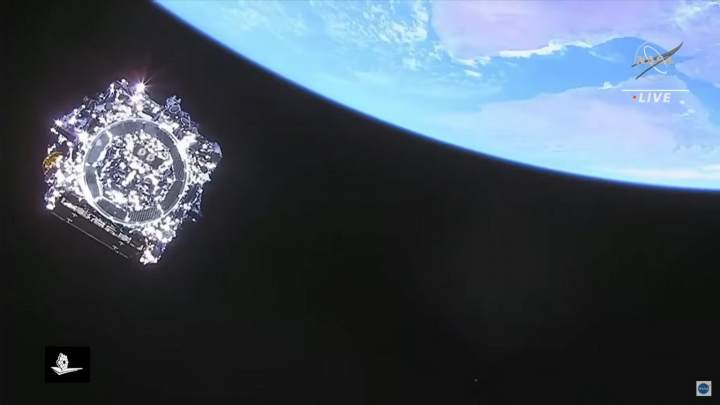 On December 25, the largest and most powerful space telescope ever constructed by NASA was successfully launched from Earth. With unprecedented technology, the James Webb Space Telescope (JWST) will peer both near and far, from the planets and bodies in our solar system to the deepest reaches of space, where the first stars and galaxies formed more than 13 billion years ago. JWST has a mirror that is 21.3 feet (6.5 meters) across, making it physically much larger than the Hubble Space Telescope and Hubble’s infrared sister telescope, the Spitzer Space Telescope, operated by Caltech’s IPAC; it also has state-of-the-art photon detectors that register a wider range of wavelengths and enable deeper and more detailed views than Spitzer.
On December 25, the largest and most powerful space telescope ever constructed by NASA was successfully launched from Earth. With unprecedented technology, the James Webb Space Telescope (JWST) will peer both near and far, from the planets and bodies in our solar system to the deepest reaches of space, where the first stars and galaxies formed more than 13 billion years ago. JWST has a mirror that is 21.3 feet (6.5 meters) across, making it physically much larger than the Hubble Space Telescope and Hubble’s infrared sister telescope, the Spitzer Space Telescope, operated by Caltech’s IPAC; it also has state-of-the-art photon detectors that register a wider range of wavelengths and enable deeper and more detailed views than Spitzer. Today’s time-sensitive market needs revolutionization of traditional costly technologies. The cryogenic and electronic market development and utilization started from 1970 for commercial applications, and both are fast-growing technologies. There has been significant advancement of electronic products. Nowadays, a small smartphone has much more data storage and processing power capability than large costly computers in the 1970s. Smartphones are now available to most people due to low cost. Due to affordable cost and high utilization factor, the electronic product demand is always increasing. In contrast, cryogenic products are exceptionally expensive, making them inaccessible to most people.
Today’s time-sensitive market needs revolutionization of traditional costly technologies. The cryogenic and electronic market development and utilization started from 1970 for commercial applications, and both are fast-growing technologies. There has been significant advancement of electronic products. Nowadays, a small smartphone has much more data storage and processing power capability than large costly computers in the 1970s. Smartphones are now available to most people due to low cost. Due to affordable cost and high utilization factor, the electronic product demand is always increasing. In contrast, cryogenic products are exceptionally expensive, making them inaccessible to most people.